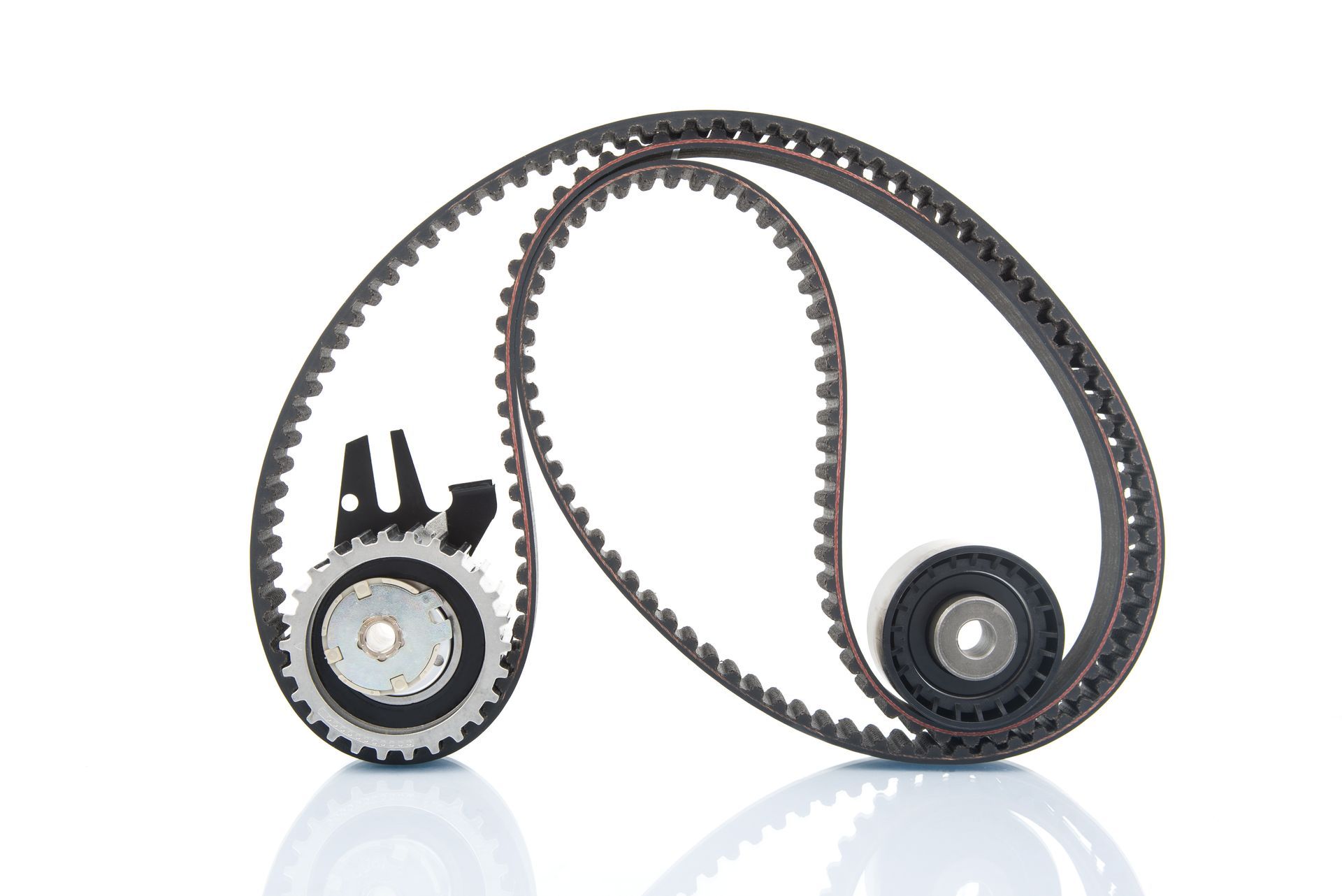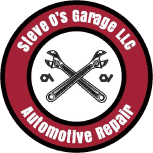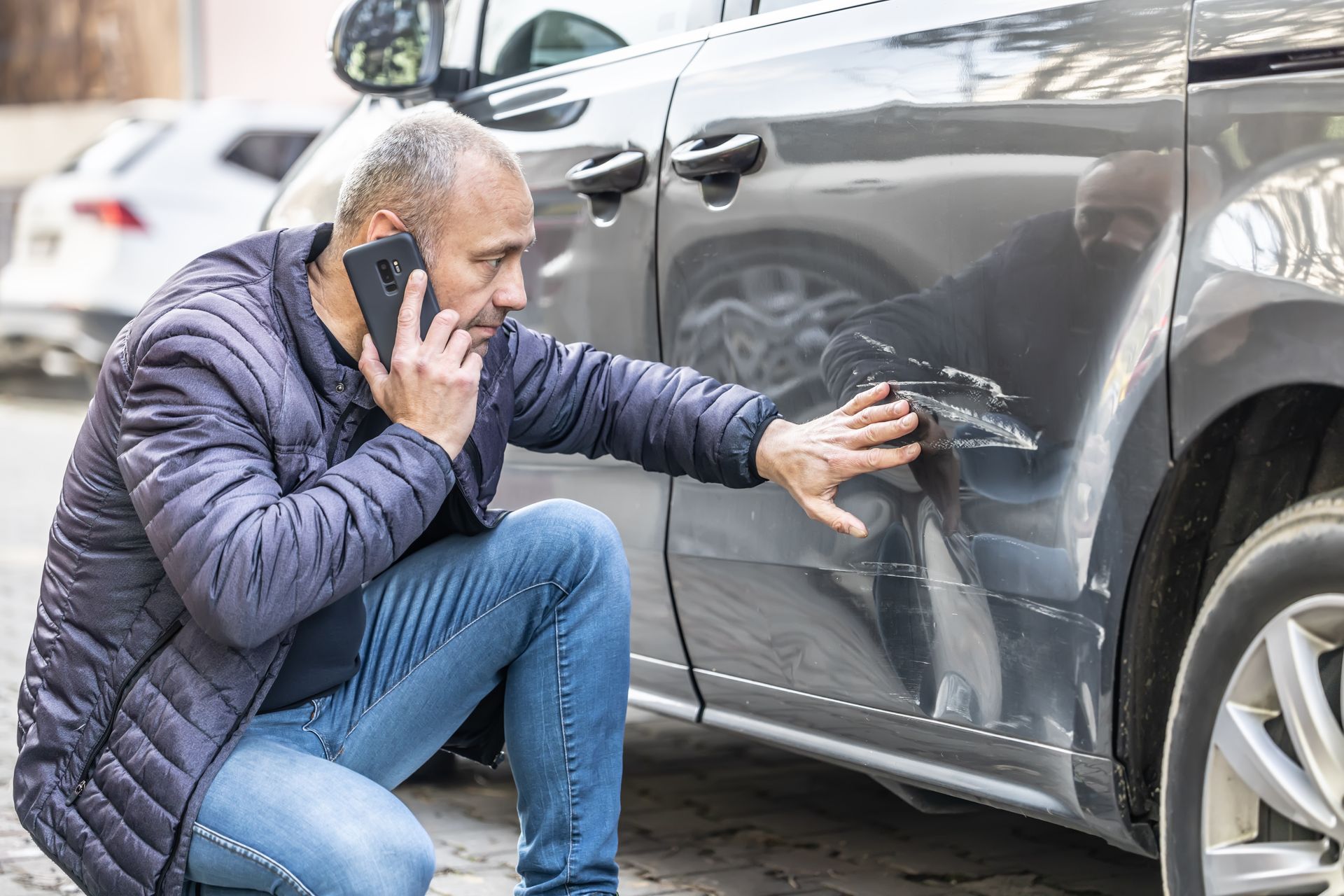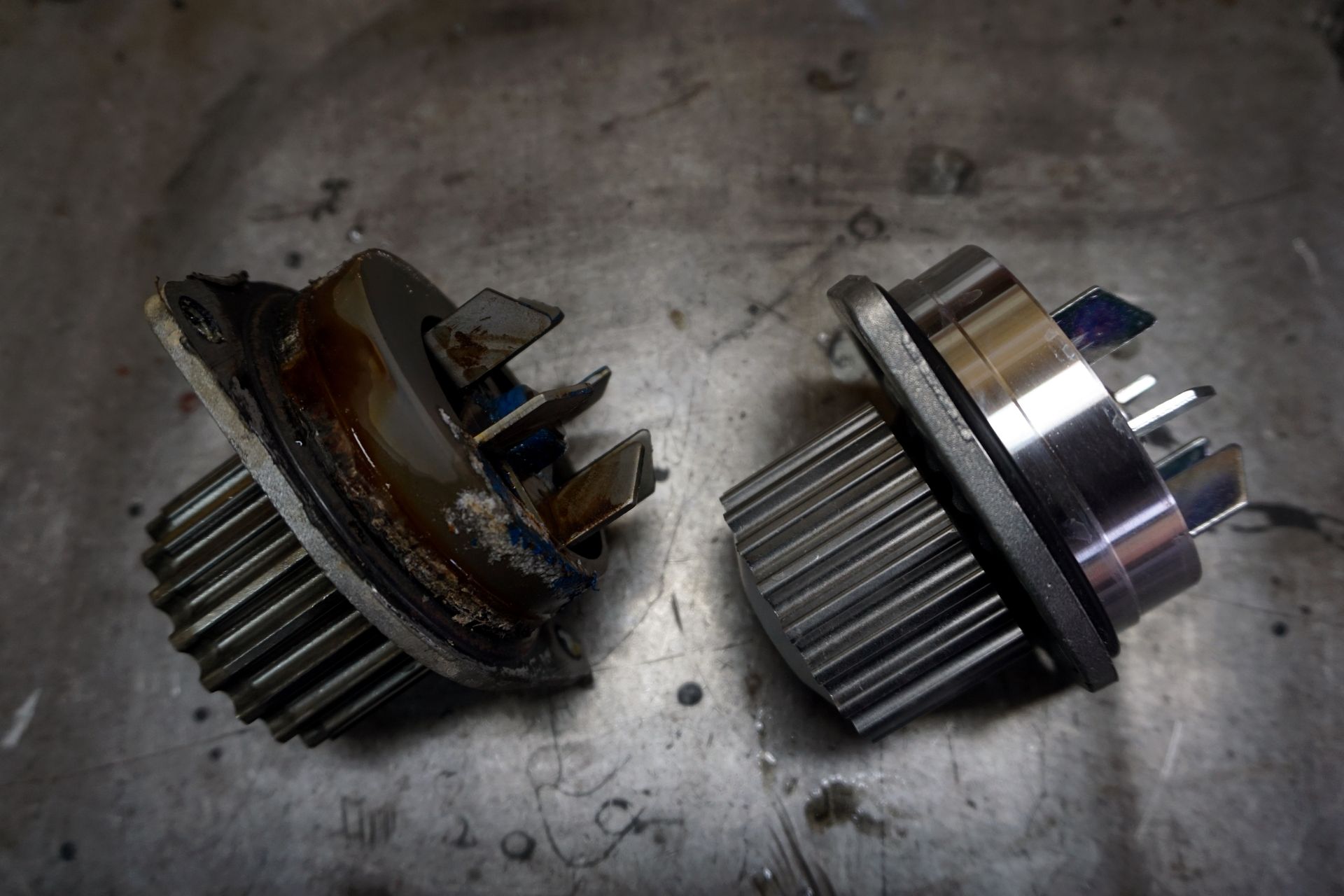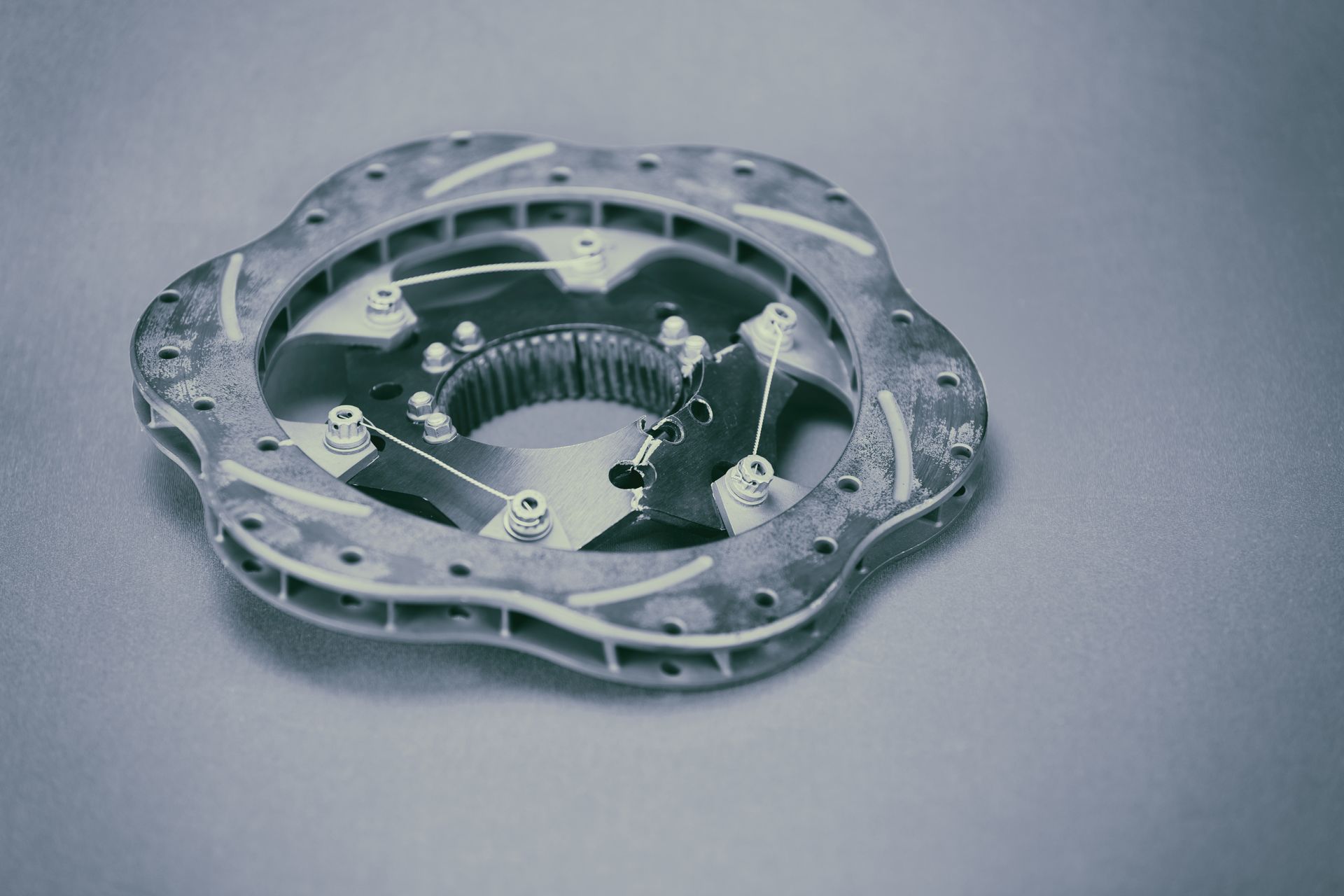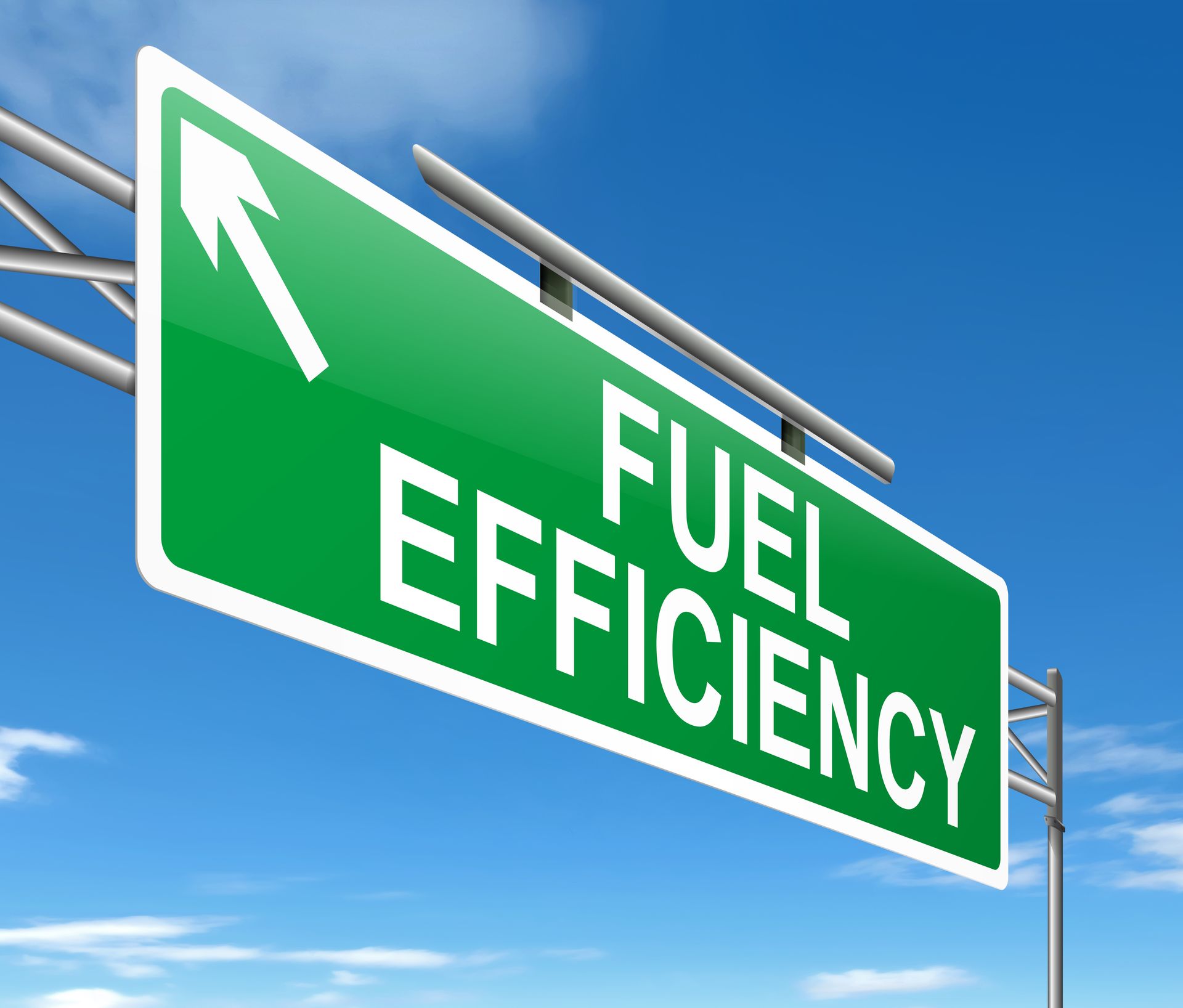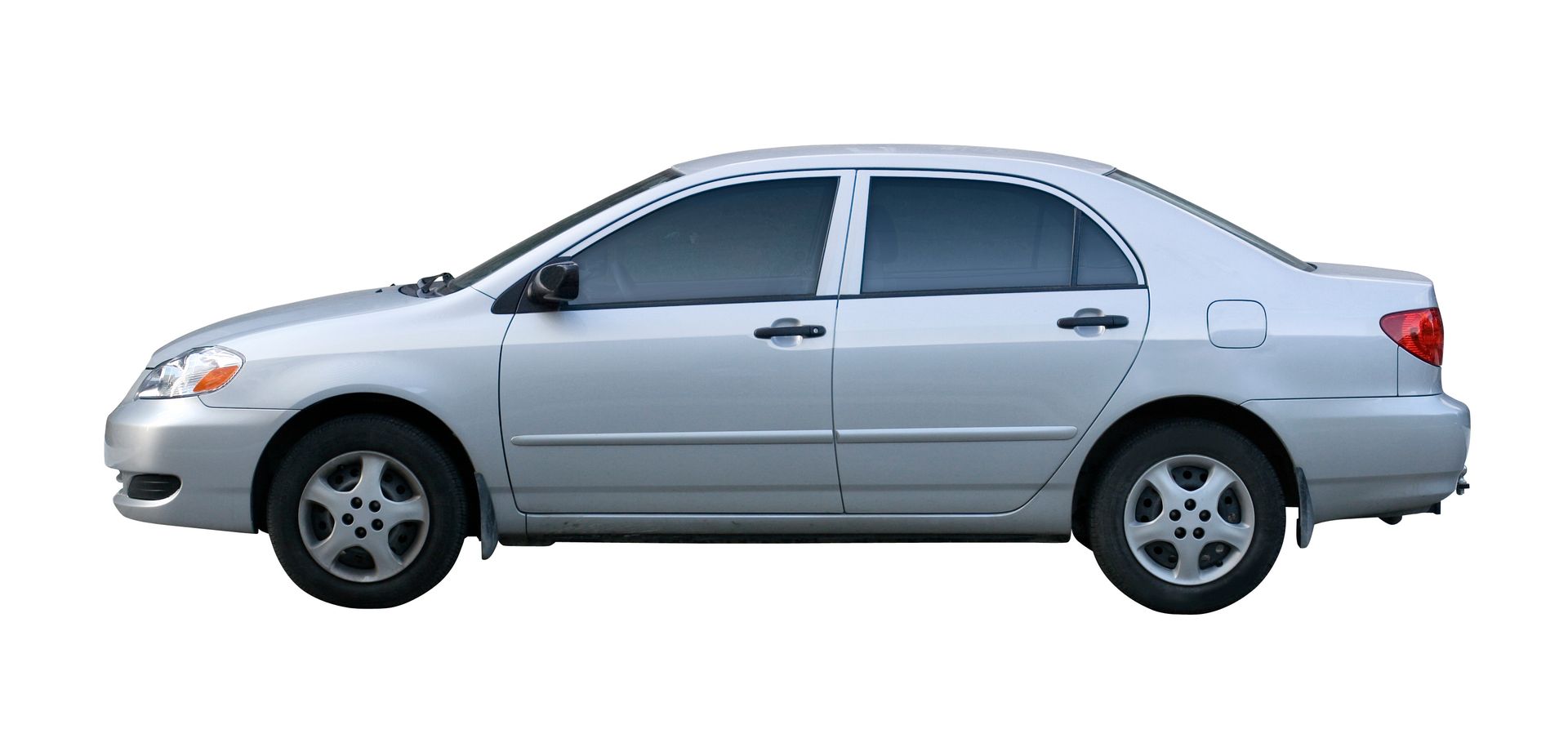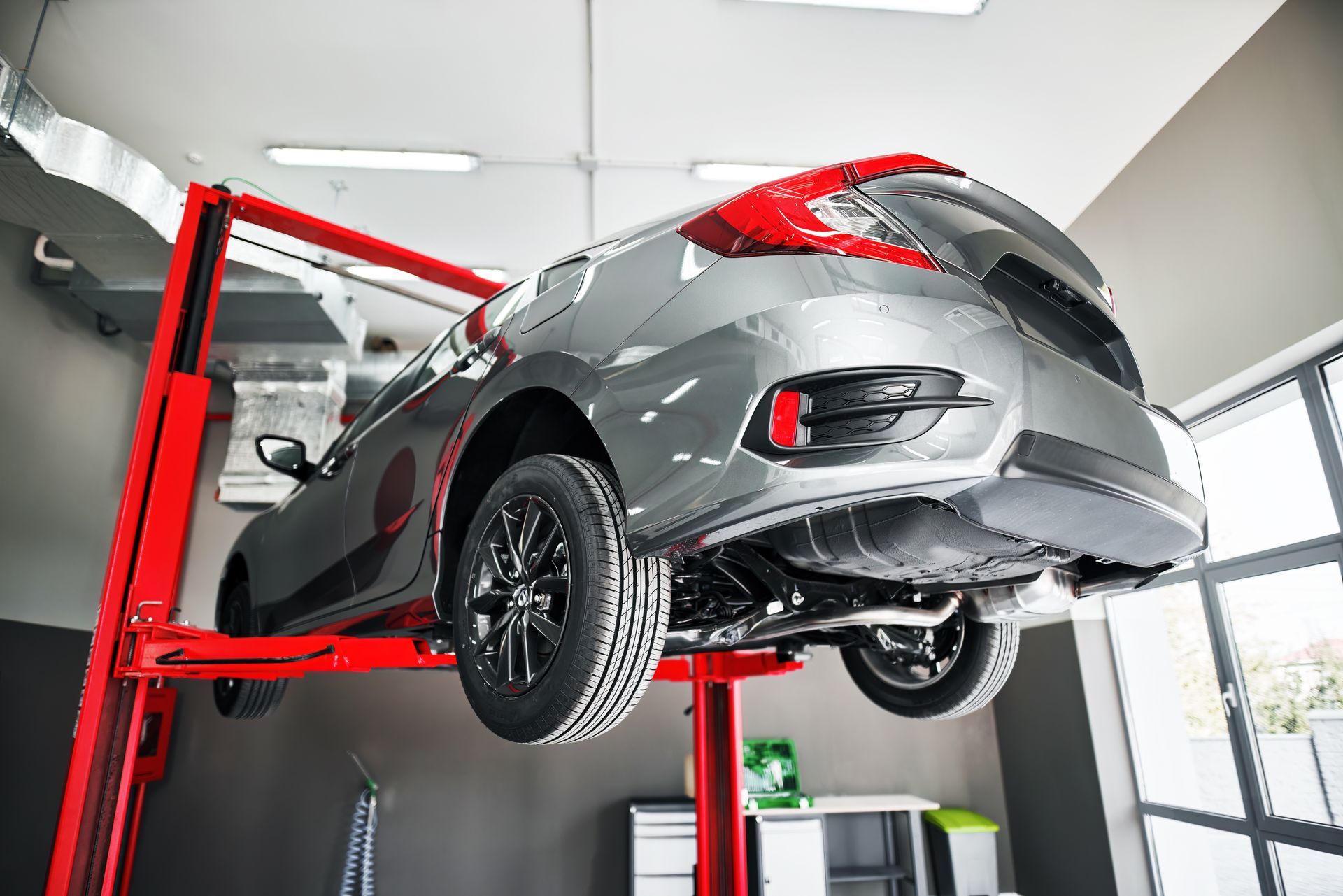Your cabin air filter is one of those vehicle components that many drivers forget about — until a problem arises. While it might seem like a minor part, this filter plays a big role in keeping your car’s interior air clean and comfortable. A clogged or dirty cabin air filter can affect your health, comfort, and even your vehicle’s performance. So, when exactly should you replace it? Let’s take a closer look.
What Does the Cabin Air Filter Do
The cabin air filter cleans the air that enters your car’s interior through the HVAC system. It traps dust, pollen, mold spores, and other airborne contaminants, preventing them from blowing directly into the cabin.
For individuals with allergies or respiratory issues, a clean cabin air filter is particularly crucial. Even for those without sensitivities, breathing clean air helps make your driving experience more pleasant and less fatiguing.
Signs Your Cabin Air Filter Needs to Be Replaced
A dirty or clogged filter won’t perform its job effectively. Here are some common signs it might be time for a replacement:
- Reduced airflow from the vents: If you notice your air conditioning or heating isn’t blowing as strongly as it used to, a clogged filter could be the culprit.
- Unpleasant odors: A musty or moldy smell when the HVAC system is running often points to a filter full of moisture and debris.
- Increased dust inside your car: A filter that can’t trap particles effectively allows more dust and debris to circulate in your cabin.
How Often Should You Change It
Most manufacturers recommend replacing the cabin air filter every 15,000 to 30,000 miles, depending on your vehicle and driving environment.
Drivers who often travel on dirt roads or in heavy city traffic might need to replace theirs more frequently due to higher exposure to dust and pollutants. Checking your owner’s manual is always the best way to know the specific interval for your car.
Effects of Neglecting the Cabin Air Filter
Ignoring a dirty cabin air filter doesn’t just mean breathing in more dust — it can also strain your vehicle’s HVAC system. A clogged filter forces the blower motor to work harder, which can lead to premature wear and reduced efficiency.
In severe cases, it can cause the HVAC system to overheat or fail, resulting in costly repairs.
DIY or Professional Replacement
Replacing a cabin air filter is often a straightforward task that some drivers can handle themselves. The filter is usually located behind the glove box or under the dashboard and can often be accessed with basic tools.
However, some vehicles have more complex setups that require partial disassembly of panels or additional care to prevent damage to surrounding components. If you’re not comfortable doing it yourself, having a professional handle the replacement ensures it’s done correctly and quickly.
Benefits of a Fresh Cabin Air Filter
Swapping out your cabin air filter doesn’t just improve air quality — it also helps your HVAC system perform better and maintain proper airflow.
A clean filter can also help eliminate lingering odors, providing a fresher environment inside your car. Over time, this simple maintenance step can even help maintain your vehicle’s resale value by keeping the interior cleaner and more pleasant.
Preventive Care for Cleaner Air
In addition to changing your cabin air filter on schedule, keeping your car’s interior clean and using recirculation mode during heavy traffic or dusty conditions can help extend filter life. Regularly vacuuming floor mats and seats reduces the amount of dust that circulates inside.
Breathe Easy with Steveo’s Garage LLC in Peoria, AZ
Your cabin air filter plays a bigger role in your comfort and health than you might realize. At Steveo’s Garage LLC in Peoria, AZ, our team can inspect and replace your cabin air filter quickly and professionally. We’ll help ensure you and your passengers enjoy fresh, clean air on every drive, no matter where the road takes you.
Schedule your cabin air filter service today and breathe easier behind the wheel.
